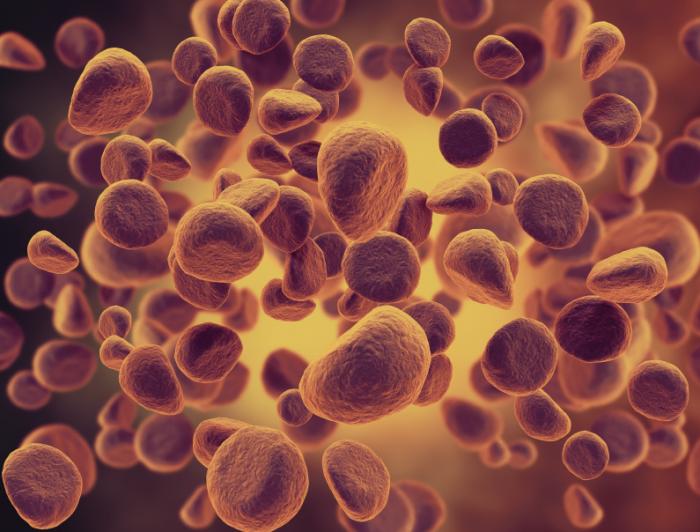Some patients deemed cured of cancer can experience disease recurrence years, even decades later. Now, researchers from The Institute of Cancer Research in the UK believe they have discovered why; some cancer cells avoid chemotherapy by going to sleep, laying dormant for years before waking up.

On analyzing the cancer cells of a leukemia patient from blood samples taken at original diagnosis and cancer relapse decades later, the team found some cancer cells avoid chemotherapy by sleeping for years before being “woken up.”
The research team says their findings, published in the journal Leukemia, may open the door to finding ways of waking up dormant cancer cells, reducing the risk of disease recurrence years later.
Study leader Prof. Mel Greaves, director of the Centre for Evolution and Cancer at The Institute of Cancer Research (ICR), and colleagues reached their findings by analyzing the blood samples of one patient with a rare form of leukemia.
Leukemia is a blood cancer that affects more than 310,000 people in the US. It is estimated that more than 54,000 Americans will be diagnosed with leukemia this year, and almost 25,000 people will die from the cancer.
The patient included in the study was diagnosed with leukemia at 4 years old. After spending 22 years in remission, the cancer returned. Blood samples taken at leukemia diagnosis and recurrence were compared.
“We have always known that in rare cases leukemia can relapse when it appears to be cured, but what we’ve lacked is firm evidence that cancer cells can lie dormant for long periods of time,” notes Prof. Greaves.
Waking up and killing precancerous dormant cells may reduce cancer relapse risk
The researchers identified a DNA mutation in cancer cells from each of the blood samples, involving the fusing together of two genes – BCR and ABL1.
They found that the reawakened cancers cells had some similarities to cancer precursor cells present before the original leukemia occurred. What is more, the team identified genetic changes in the reawakened cancer cells.
This study, the team says, shows a “common genetic lineage” between the original cancer and the recurring cancer, indicating that cancer cells avoid chemotherapy by sleeping, lying dormant for years before being “woken up.”
“It provides striking evidence of cancer evolution in action, with cancer cells able to lie dormant to avoid treatment, and then to accumulate new mutations capable of driving a new bout of disease,” says Prof. Greaves, adding:
“Blood stem cells regularly fluctuate between being dormant or ‘asleep’ and dividing very quickly, so it seems cancer cells are just borrowing this trick to avoid being killed by chemotherapy.
In future it might be possible to speed up the growth of these precancerous dormant cells so that they can be targeted and killed using chemotherapy, to reduce the risk of relapse even further.”
Dr. Matt Kaiser, head of research at Leukaemia and Lymphoma Research in the UK – who helped fund the study – says the findings may have important implications for the treatment of leukemia.
“Despite impressive cure rates for the most common form of childhood leukemia, there are still too many children whose cancer ends up coming back,” he notes. “If we can build up a picture of what causes rare cases of late relapse and how we can detect and prevent it, we may be able to deliver more true cures for this terrible disease.”
As well as holding promise for the treatment of leukemia, the study findings also provide a better understanding of how and why some cancer patients believed to have been cured experience a relapse so many years later.
In other cancer news, Medical News Today recently reported on a study published in the journal Nature, in which researchers discovered a protein called LOX that encourages breast cancer to spread to the bone.